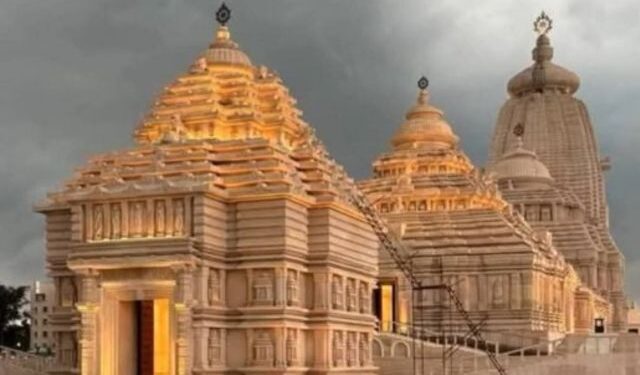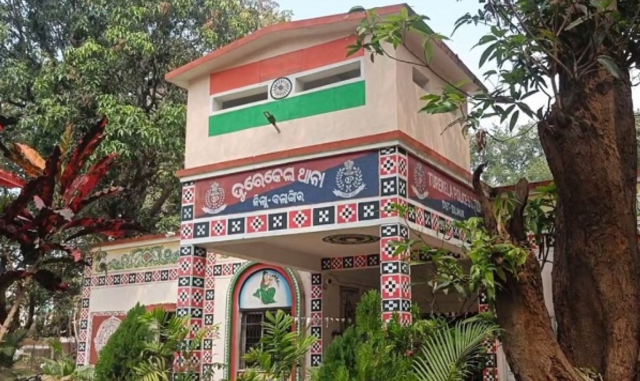The newly inaugurated Jagannath temple in Digha, West Bengal, has found itself at the centre of a heated controversy after conflicting statements from Puri Srimandir servitor Ramakrushna Das Mahapatra regarding the origins of the idols’ timber.
Mahapatra initially claimed in a televised interview that he personally crafted the idols, using sacred wood from the Nabakalebara ritual—a revered tradition in which the old deities of the Puri Jagannath temple are replaced every 12 to 19 years with newly carved figures from designated holy trees.
However, upon returning to Puri, Mahapatra contradicted his earlier remarks, clarifying that the sacred ‘Brahma’ resides exclusively in the Jagannath temple of Puri and dismissing media interpretations of his previous statement. This reversal has fueled speculation, with religious scholars and devotees questioning whether the Digha idols hold the same sanctity as their counterparts in Puri.
The debate has sparked conversations about the sanctity of idol-making and the significance of the Nabakalebara ritual, which devotees regard as one of the most sacred traditions in Odisha’s cultural and religious landscape. Authorities have yet to issue an official statement addressing these concerns, leaving many to wonder about the legitimacy of the materials used in the Digha temple.




















